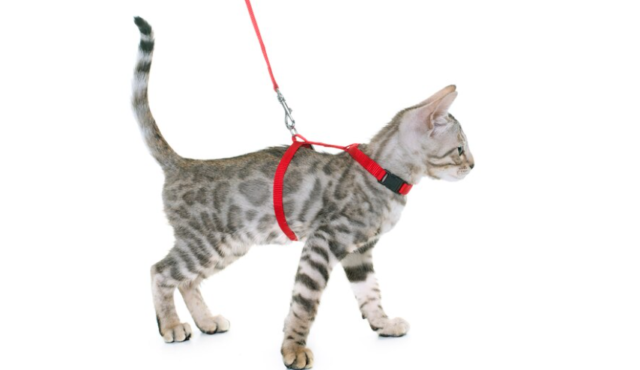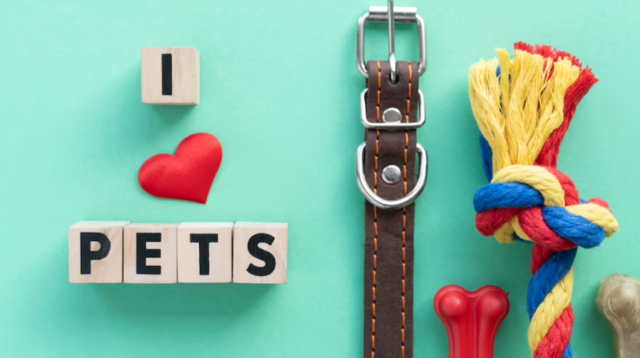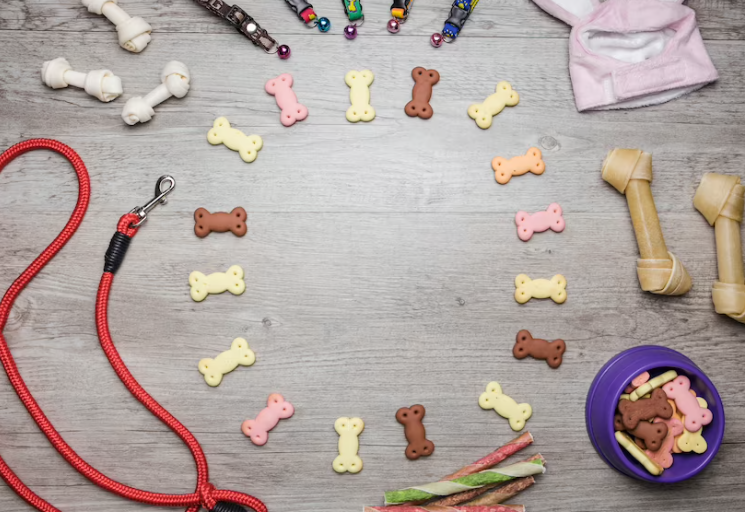Introduction:
As a cat owner, it’s essential to keep your furry friend safe and secure when they’re outside of your home. Whether you’re taking your cat for a walk, letting them explore the outdoors, or simply transporting them to the vet, cat collars and leashes can help keep them safe and secure.
But with so many options available on the market, choosing the right cat collar and leash for your feline friend can be a daunting task. Everything you need to know about cat collars and leashes, including the many varieties, materials, and features to consider while shopping, will be covered in this article.
Types of Cat Collars
There are many various types of cat collars, each with special characteristics and advantages. The following are some of the most typical cat collar designs you could see:
Breakaway Collars: Breakaway collars are designed to release when pulled with enough force. This can be a lifesaver if your cat gets caught on something, as it will prevent them from choking or strangling.
Stretch Collars: Stretch collars are made with an elastic material that allows them to stretch and expand as your cat moves around. This can be especially helpful for cats who like to climb and explore, as it ensures a comfortable and secure fit.
Safety Collars: Safety collars are made with reflective materials that make your cat more visible in low-light conditions. This can be particularly helpful if your cat likes to roam around at night.
Personalized Collars: Personalized collars are a great way to identify your cat if they ever get lost. They typically feature your cat’s name and your contact information, making it easy for someone to contact you if they find your cat.

Types of Cat Leashes
Leashes that have a handle on one end and a clip on the other are known as “standard leashes” and are the most basic kind of leash. Inexpensive, portable, and simple to use, they are.
The most basic sort of leash is called a “standard leash,” and it is made out of a length of rope or cord with a handle on one end and a clip on the other. They are inexpensive, portable, and simple to operate.
Retractable Leashes: Retractable leashes feature a long cord that can be extended and retracted as needed. This can be helpful if you want to give your cat more freedom to explore, while still keeping them under your control.
Harness Leashes: Harness leashes are designed to be worn around your cat’s torso, rather than their neck. This can be a safer and more comfortable option for cats who tend to pull or tug on their leash.
Materials
The materials used to make a cat collar or leash should be taken into account while making your choice. The following are some of the most typical substances found in cat collars and leashes:
Nylon: Cat collars and leashes are frequently made of nylon, which is a strong and reasonably priced material. It comes in a wide range of colours and designs, is lightweight, and is simple to clean.
Leather: Leather is a more expensive option, but it’s also more durable and long-lasting. It can be a good choice for cats who are hard on their collars and leashes.
Reflective Materials: As mentioned earlier, reflective materials can be helpful in keeping your cat visible in low-light conditions. Many cat collars and leashes are made with reflective stitching or materials to increase visibility.
Features
Finally, it’s important to consider any additional features that a cat collar or leash may have. Here are some features to consider:
Bell: A bell on your cat’s collar can help alert birds and other animals that your cat is nearby, reducing the likelihood that your cat will catch and harm them.
ID Tag: As mentioned earlier, personalized collars can be a good way to identify your cat if they ever get lost. Make sure to include your cat’s name and your contact information on the tag.
Adjustable: Look for a collar or leash that’s adjustable to ensure a comfortable and secure fit for your cat.
Quick Release: A quick release feature can be helpful if your cat gets caught on something, as it allows you to quickly and easily release them from the collar or leash.
Comfort: Finally, make sure to choose a collar or leash that’s comfortable for your cat to wear. Look for options with padded or soft materials to prevent irritation and chafing.

FAQs:
Q: Can I use a dog collar and leash for my cat?
A: No, it’s not recommended to use a dog collar and leash for your cat. Cat collars and leashes are designed to be lighter and more flexible than dog collars and leashes, ensuring a comfortable and secure fit for your feline friend.
Q: How tight should a cat collar be?
A: A cat collar should be snug, but not too tight. You should be able to fit two fingers between the collar and your cat’s neck. If the collar is too loose, your cat may be able to slip out of it. If it’s too tight, it can cause discomfort and even injury.
Q: How do I get my cat used to wearing a collar and leash?
A: Start by letting your cat wear the collar for short periods of time around the house. Once they’re comfortable with that, attach the leash and let them explore your home while on the leash. Eventually, you can start taking your cat outside while on the leash.
Q: Are there any safety concerns I should be aware of when using a cat collar and leash?
A: Yes, it’s important to always supervise your cat when they’re wearing a collar and leash. Avoid leaving them outside unattended, and make sure the collar and leash are in good condition and properly fitted.
Q: What size collar should I get for my cat?
A: Measure your cat’s neck and add 1-2 inches to get the correct size collar. If you’re unsure, opt for an adjustable collar to ensure a proper fit.


